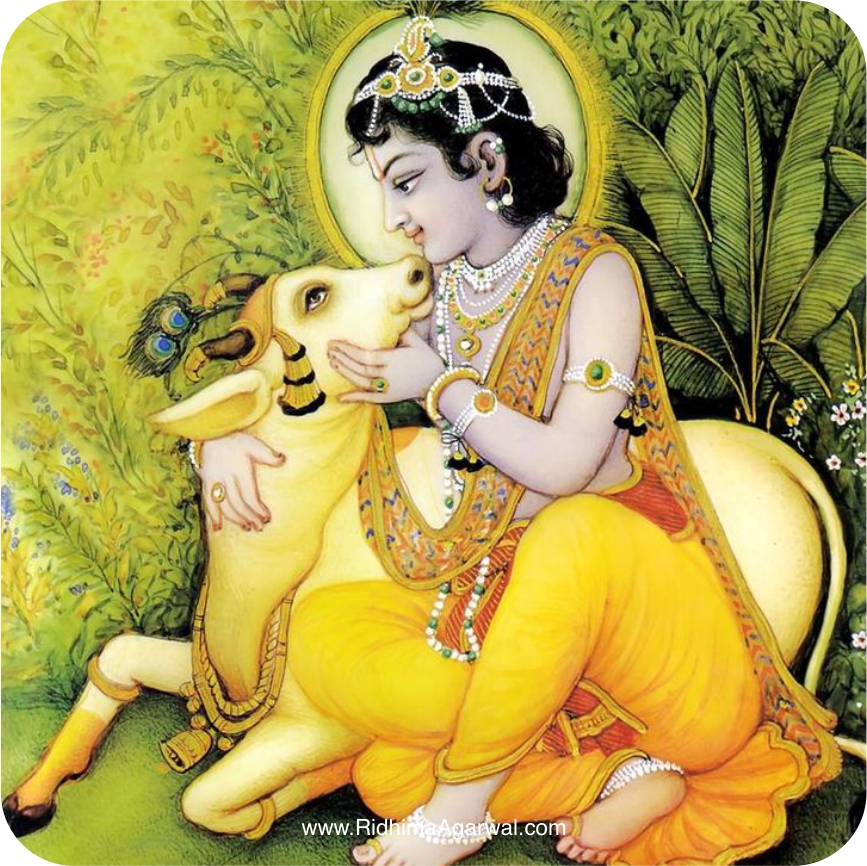What is Ekadashi? Everything You Need to Know About This Auspicious Day
Curious about “What is Ekadashi”? This article will provide you with everything you need to know about this auspicious day in the Hindu calendar. Ekadashi, observed twice a month, is dedicated to Lord Vishnu and is a time for fasting, prayer, and spiritual reflection. Understanding “what is Ekadashi” can open doors to its profound significance and the spiritual benefits it offers. Each Ekadashi carries its unique name, story, and rituals, making it a special opportunity for devotees to seek divine blessings. From the historical origins to the detailed observance guidelines, we cover all aspects of Ekadashi. Whether you are a devout follower or someone new to Hindu traditions, this comprehensive guide will deepen your appreciation of Ekadashi and its revered place in spiritual practice.
"Yajna, charity, and penance should never be abandoned; they must be performed as duties."
These words of Lord Krishna in the Bhagavad Gita are extremely important. Yajna, charity, and penance should not be renounced under any circumstances; rather, they should be performed as duties. The significance of penance includes the observance of fasts, with Ekadashi being the foremost among them. Just as the Ganges is supreme among rivers, the sun among luminous objects, and Lord Vishnu among deities, Ekadashi is the foremost among fasts. Observing the Ekadashi fast not only calms all ailments and faults, bringing long life, happiness, peace, and prosperity, but it also fulfills the main purpose of human life—attaining the Lord.
In this world, the natural tendency of living beings is towards enjoyment, but to attain the Lord’s proximity, one must develop detachment from worldly pleasures. Although engaged in worldly duties, at least once in a fortnight, we should abstain from all pleasures and focus on the self. During these moments, we should engage in divine contemplation with our purest thoughts. This is the purpose of the Ekadashi fast: ‘On Ekadashi, one should not eat in both fortnights.’
The scriptures have set a standard for fasting. Based on one’s devotion and faith, one can observe the fast in various ways:
(1) Nirjal-vrat – complete fasting without water
(2) Upavas-vrat – fasting
(3) Consuming only non-grain drinks like milk once a day
(4) Nakta-vrat – fasting throughout the day and consuming fruits at night
(5) Ekabhukta-vrat – eating fruits once at any time
Even those who are weak, elderly, children, or ill should avoid food as much as possible on Ekadashi.
The manifestation of the goddess Ekadashi occurred during the Krishna Paksha of the month of Margashirsha. The Puranas mention 26 different Ekadashis, each with its own story. Reading these naturally awakens faith in the Ekadashi fast. Therefore, the stories, also known as Kathas of these 26 Ekadashis are presented here based on the Padma Purana. It is hoped that readers will benefit from reading these stories and take the vow of observing the Ekadashi fast throughout their lives, thereby making themselves worthy.
- Uttapanna Ekadashi
- Mokshda Ekadashi
- Saphala Ekadashi
- Putrada Ekadashi
- Shattila Ekadashi
- Jaya Ekadashi
- Vijaya Ekadashi
- Amalki Ekadashi
- Papmochani Ekadashi
- Kamda Ekadashi
- Varuthini Ekadashi
- Mohini Ekadashi
- Apara Ekadashi
- Nirjala Ekadashi
- Yogini Ekadashi
- Devshayani Ekadashi
- Kamika Ekadashi
- Pavitra Ekadashi
- Annada Ekadashi
- Parsav Ekadashi
- Indira Ekadashi
- Pashankush Ekadashi
- Rama Ekadashi
- Utthana Ekadashi
- Padmini Ekadashi
- Param Ekadashi
Follow to Stay Connected
More For You
-
 Kamika Ekadashi 31 Jul 2024 : Story, Spiritual Significance, Fasting Schedule, and Parana Time
Kamika Ekadashi 31 Jul 2024 : Story, Spiritual Significance, Fasting Schedule, and Parana Time -
Amalaki Ekadashi 19 Feb 2024 : Story, Spiritual Significance, Fasting Schedule, and Parana Time
-
Vijaya Ekadashi 19 Feb 2024 : Story, Spiritual Significance, Fasting Schedule, and Parana Time
-
Jaya Ekadashi 19 Feb 2024 : Story, Spiritual Significance, Fasting Schedule, and Parana Time
-
Shattila Ekadashi 6 Feb 2024 : Story, Spiritual Significance, Fasting Schedule, and Parana Time